
Rent 5uH LISNs
Related:



Com-Power LI-3100 - Rent 5µH 100 Amp 400 MHz LISN
- Frequency Range 10 kHz – 400 MHz
- Max 480 V AC / 600 V DC 100 Amps
- Air Core Inductors to Prevent Saturation
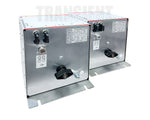
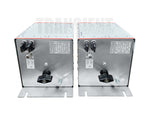
Teseq HV-AN 150 - Rent 5uH 150 Amp Artificial Network
- Max 1000 V/150 A DC or 500 V/150 A AC
- HV Compliant to ISO 7637-4 & CISPR 25
- Jumpers Provide LISN Path Configuration
In Stock
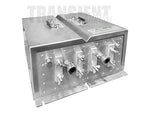
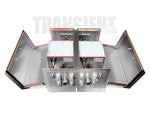
Teseq SME HV-AN 150 - AN Shielded Metal Enclosure
- Designed for use with Teseq HV-AN 150s
- Rugged Design using Stainless Steel
- Compliant to HV CISPR 12/25 & ISO 7637-4
In Stock
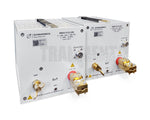
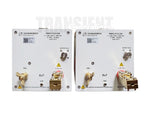
Schwarzbeck NNHV 8123-200 - Rent 5uH 200 Amp DC LISN
- Max 1000 V/200 A DC or 700 V/200 A AC
- Includes HVSE 8600 Shielded Enclosure
- 5uH LISN in Accordance with CISPR 25
In Stock
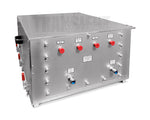
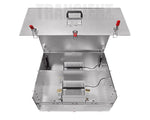
Schwarzbeck HVSE 8600 - Automotive Shielded Enclosure
- Designed for use with NNHV 8123-200
- Compliant to HV CISPR 25 & BMW GS 95025-1
- Rented with set of NNHV 8123-200 LISNs
In Stock
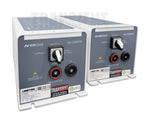
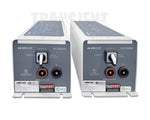
EM Test AN 200N100 - Rent 100 Amp 5uH DC LISN
- Max 1000 Volts 100 Amps DC (150 Amp Peak)
- ISO 7637-2, ISO 11452-4, & CISPR 25 Compliant
- Switch for Selecting Testing Requirements
In Stock
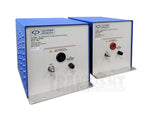
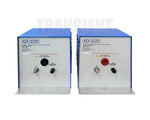
Com-Power LI-350 - Rent 5µH 50 Amp 400 MHz LISN
- Frequency Range 10 kHz – 400 MHz
- Max 480 V/50 A AC or 676 V/35 A DC
- Inductance 5μH & Coupling Capacitor . 0.25 µF
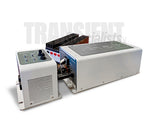
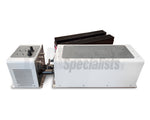
Conducted Transient Emissions Set ISO 7637-2 EM Test
- Electronic Switch, Artificial Network, & RS-Box
- BS 200N100 Electronic switch, 60V DC/100A
- AN 200N100 1,000V DC, 250V AC (up to 1kHz)


Com-Power CFT-10U - Rent 10μF Feed-Thru Capacitor
- 10 μF Capacitors for Susceptibility Tests
- Max 250 V AC / 600 V DC 100 Amps
- Designed for MIL-STD-461/DO-160
In Stock
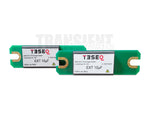
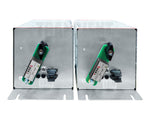
Teseq EXT 10uF - 10 µF capacitor for RTCA/DO-160G
- Designed for RTCA/DO-160 Testing
- 10uF/1000 Volt Capacitor
- Rented with HV-AN 150 LISN

